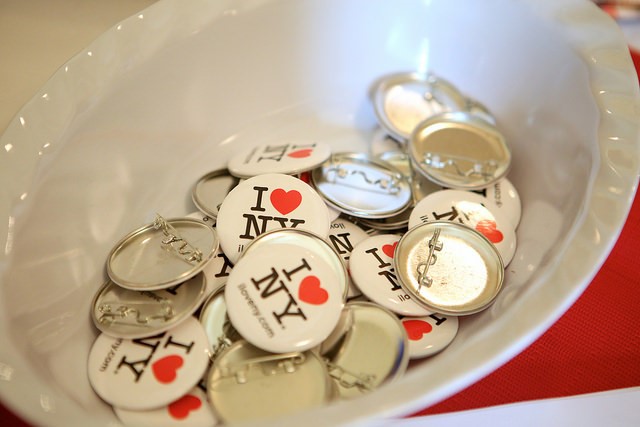New York City: Apples and oranges

New York City – the place where so many want to go – to work, to study or just to visit. The legend of the Big Apple has been etched into international perceptions via a multitude of stories, movies and songs. As a result, today’s New York boasts a powerful identity as the cultural capital of the free world.
But just a few decades ago, New York was famous for completely different reasons. It was synonymous with crime, drugs, gangs and mean streets – basically all the undesirable attributes a city could imagine. In the 1970s, much of the world perceived New York as a lawless and threatening place.
So what changed?
Some say the change started with a logo, although a logo can’t change perceptions by itself. The iconic “I Love NY” symbol was created in 1977 by Milton Glaser for New York. Those who claim the logo helped pull the city back from the brink say that it acted as a rallying point that boosted New York’s flagging morale.
Residents, who had always been proud of their city despite its woes, were inspired to start making New York better. Glaser called this a ‘shift in sensibility.’ People began to care more about their city and things improved a little. But it wasn’t until mayor Rudy Giuliani arrived on the scene that New York underwent its most dramatic change to date.
Giuliani’s ‘zero tolerance’ approach to crime soon eradicated this troublesome element of the city’s reputation. The streets became safer and the ailing subway system was renovated. Various government initiatives were launched to improve daily life for all New Yorkers.
The strategy worked. Investors and visitors gradually started to return to New York. Positive action soon earned a positive reputation and, over time, New York grew into the world city that many know and admire today.
Photo: US Embassy Canada



